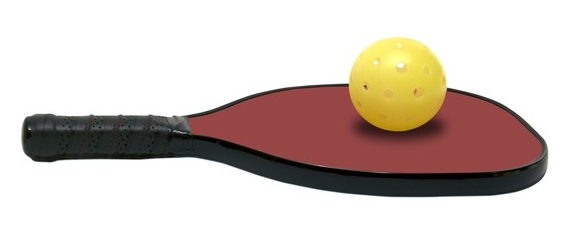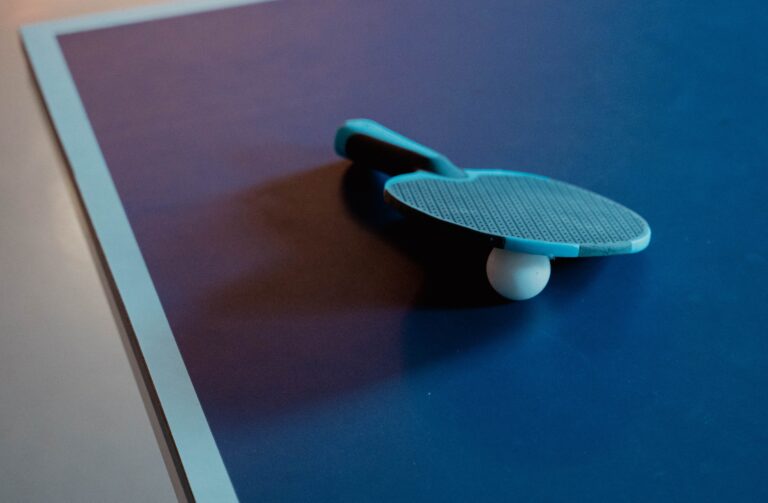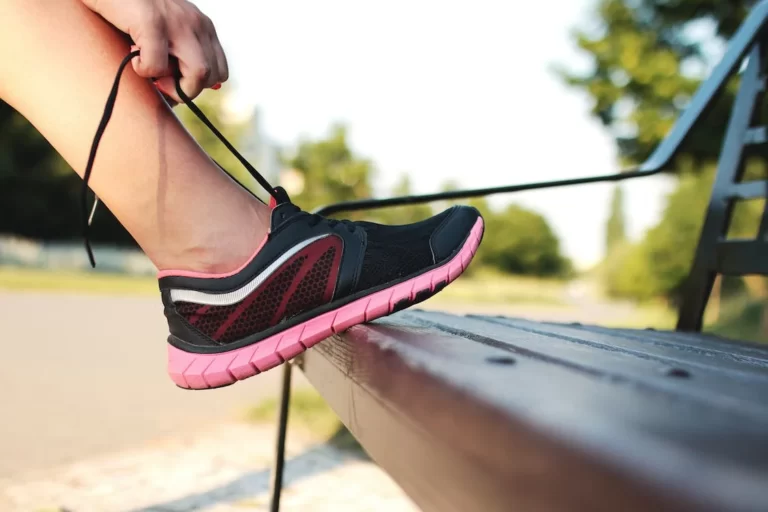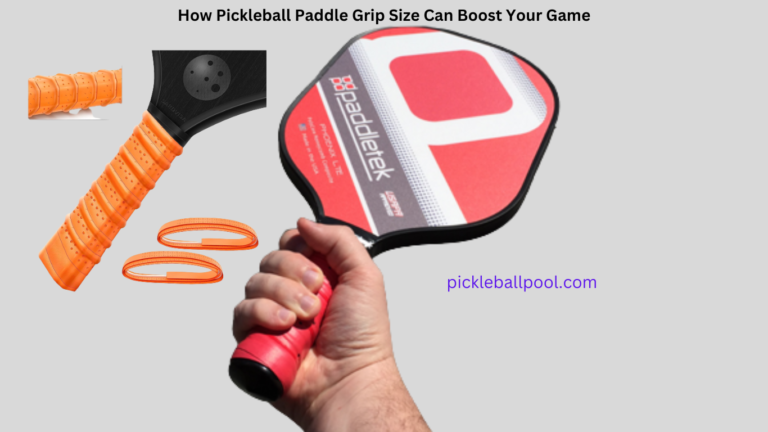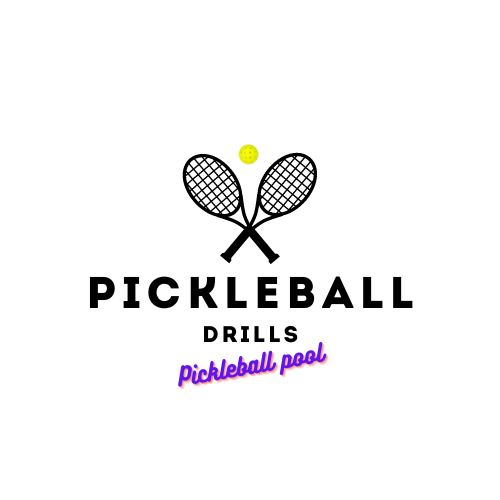The Ultimate Guide to Repairing a Crack on a Pickleball Paddle
Pickleball is a popular sport that people of all ages and skill levels enjoy. The paddle, which is used to strike the ball back and forth across the net, is one of the most crucial pieces of equipment in the game. Even the greatest paddles, however, can suffer from wear and tear over time, including cracks. We’ll show you how to repair a crack in your pickleball paddle and get back to playing your best game in this article.
Required Tools and Materials
Before you begin, you will need to gather the following tools and materials:
Epoxy or superglue
Clamps or vice grips
Sandpaper (220 grit)
A clean rag
A small brush
Acetone or rubbing alcohol (for cleaning)
How to Fix a Crack in a Pickleball Paddle: 5 Easy Steps
Step 1: Clean the Paddle
The first step in repairing a crack in your pickleball paddle is to carefully clean it. This ensures that the epoxy or superglue correctly adheres and that the repair is as sturdy as possible.
Use a clean rag and some acetone or rubbing alcohol to clean the paddle. Wipe down the entire paddle, paying particular care to the crack. Remove any filth, grime, or debris that may have accumulated.
Step 2: Sand the Area
After you’ve cleaned the paddle, sand the area surrounding the crack. This will improve the adhesion of the epoxy or super glue as well as smooth any rough edges on the fracture itself.
Sand the area around the crack gently with 220 grit sandpaper, being cautious not to sand too much and cause a larger crack. After you’ve finished, wipe off the paddle with a clean rag to eliminate any dust or debris.
Step 3: Apply the Epoxy or Super Glue to Fix a Crack in a Pickleball Paddle
After cleaning and sanding the area, it’s time to apply the epoxy or super glue.
For epoxy, combine the two components according to the manufacturer’s directions. Apply a small amount of superglue to the crack. Spread the epoxy or superglue evenly across the crack with a small brush, making sure it is completely filled in.
Step 4: Clamp or Vice Grip
After applying the epoxy or super glue, clamp or vice grip the paddle to hold the crack together while it dries. This will make the repair as sturdy as possible.
Leave the paddle clamped or vice-grips for at least 24 hours, or as directed by the manufacturer.
Step 5: Sand and Finish
After the epoxy or super glue has fully set, sand the patch and smooth up the paddle.
Sand the repair with 220 grit sandpaper until it is smooth and even with the rest of the paddle. After you’ve finished, wipe off the paddle with a clean rag to eliminate any dust or debris.
Causes of Paddle Cracks: Understand the Reasons
Paddle cracks are caused by a variety of factors, including:
Impact damage: Impact damage from hitting the ball or other objects is the most common cause of paddle cracks. This can occur during a game, as well as while moving or storing the paddle.
Age: The materials used to produce pickleball paddles decay over time and become more prone to cracking. This is especially true for paddles made of inferior materials or exposed to the environment.
Improper storage: If a pickleball paddle is stored in a moist or humid environment, it might shatter more easily. Furthermore, storing a paddle in a too-tight bag or case might put undue strain on the paddle and cause it to shatter.
Prevention Tips– How to Prevent a Crack in a Pickleball Paddle:
There are a few things you can do to keep your pickleball paddle from cracking.
Use a paddle cover to protect the paddle from impact damage and to keep it in good shape.
Store the paddle correctly: Keep the paddle in a dry place, away from humidity and wetness. It is also critical to store the paddle in a case or bag that is not too tight and does not place undue strain on the paddle.
Avoid dropping the paddle: Dropping the paddle might result in impact damage and cracking.
Use a high-quality paddle: Pickleball paddles that are well-constructed and made of high-quality materials are less prone to crack.
By following these suggestions, you can keep your pickleball paddle in good shape and enjoy the sport for many years to come. Remember that if you find a break in your paddle, you should fix it as quickly as possible to avoid it spreading.
Conclusion
It doesn’t have to be difficult or expensive to repair a break in your pickleball paddle. With the correct tools and materials, as well as a little patience, you can have your paddle back in working order in no time. Take your time, be careful, and be patient, and your pickleball paddle will be as good as new.
FAQs
What is the most crucial piece of Pickleball equipment?
Pickleball’s most significant piece of equipment is the paddle.
What may a Pickleball paddle go through over time?
Over time, a Pickleball paddle can develop wear and tear, including cracks.
What should I remember when repairing a crack in my Pickleball paddle?
Remember to take your time, be careful, and be patient when repairing a crack in your Pickleball paddle. If you follow these steps, your paddle will be as good as new.

